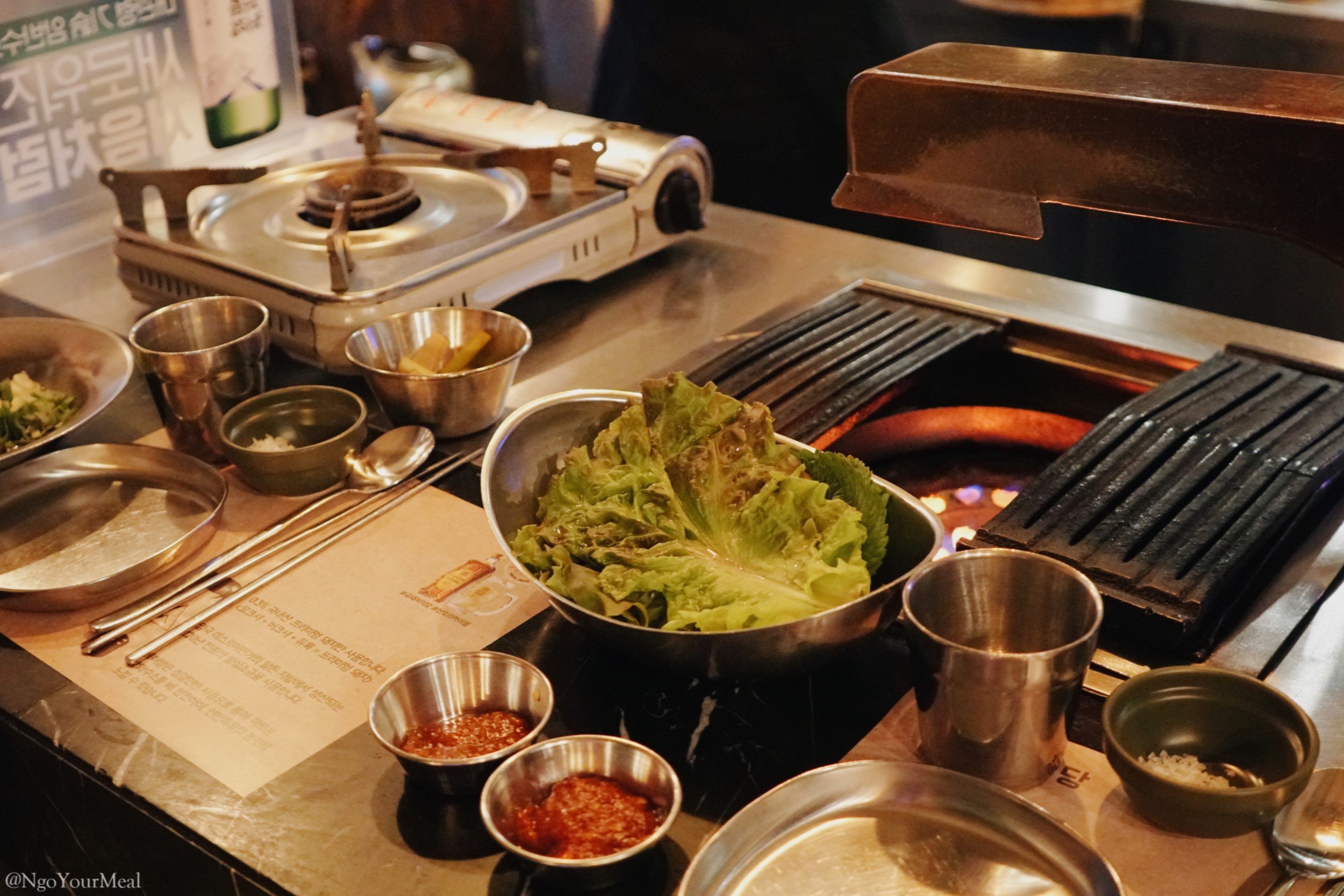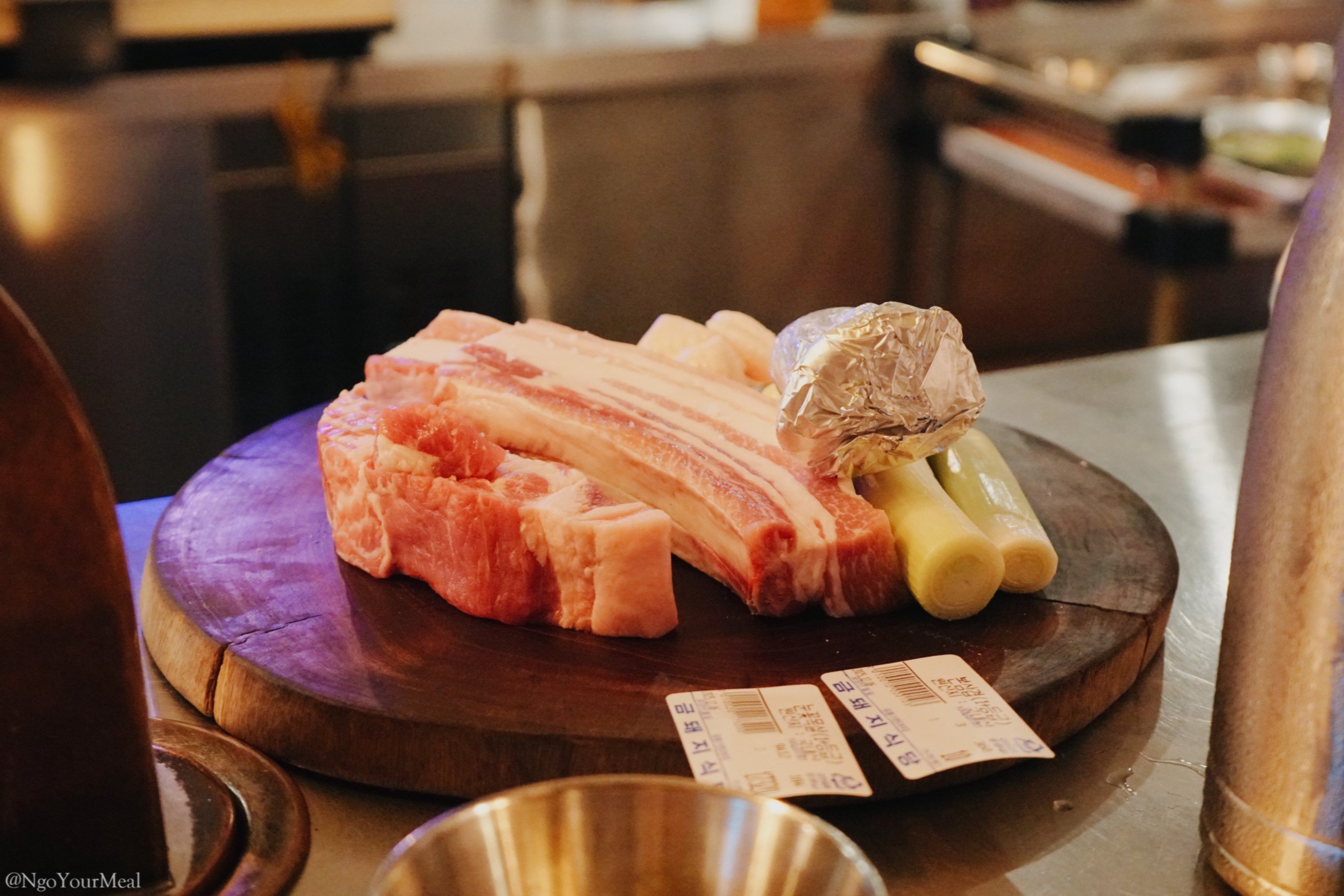Geumdwaeji Sikdang (금돼지식당): Notorious P.I.G.
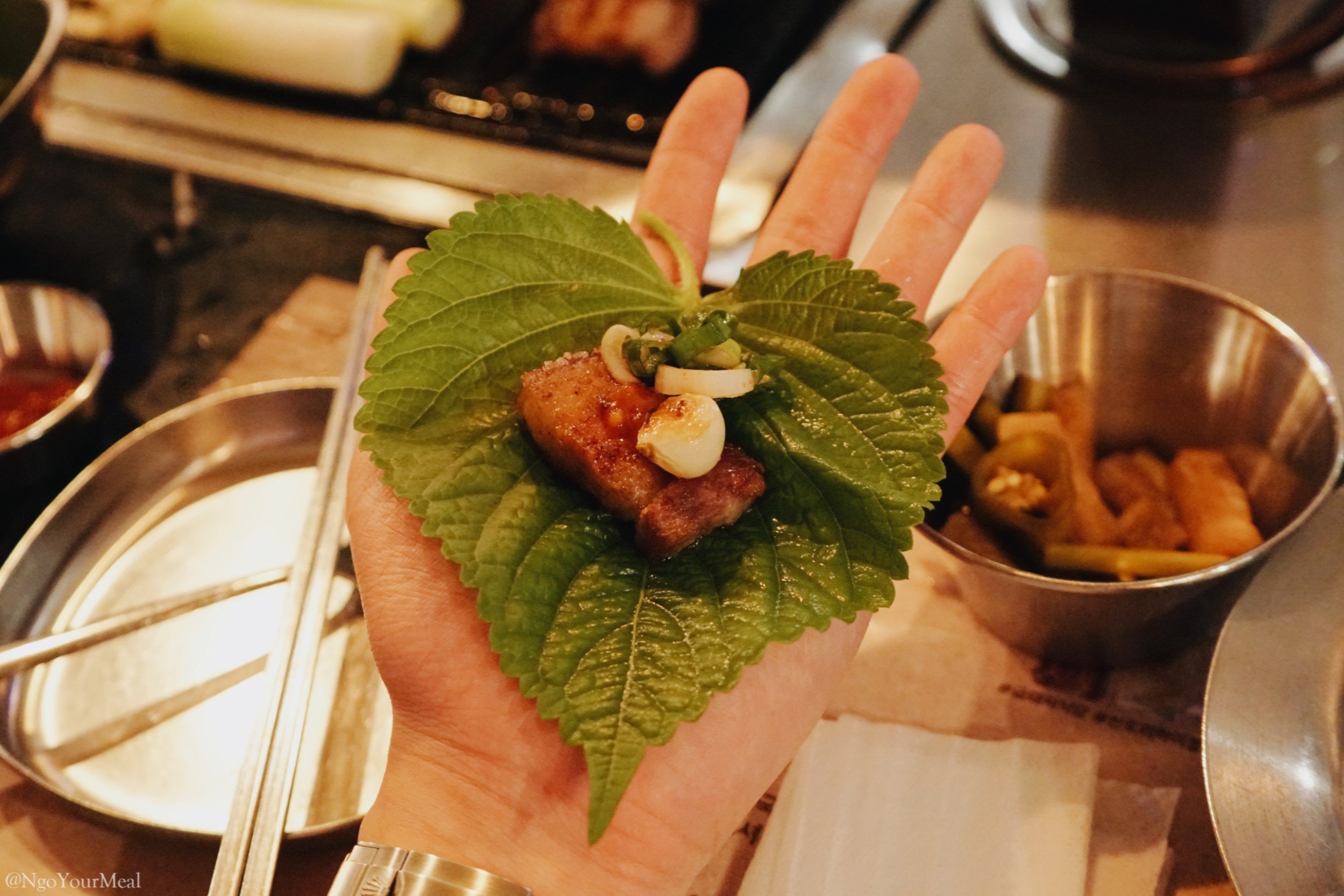
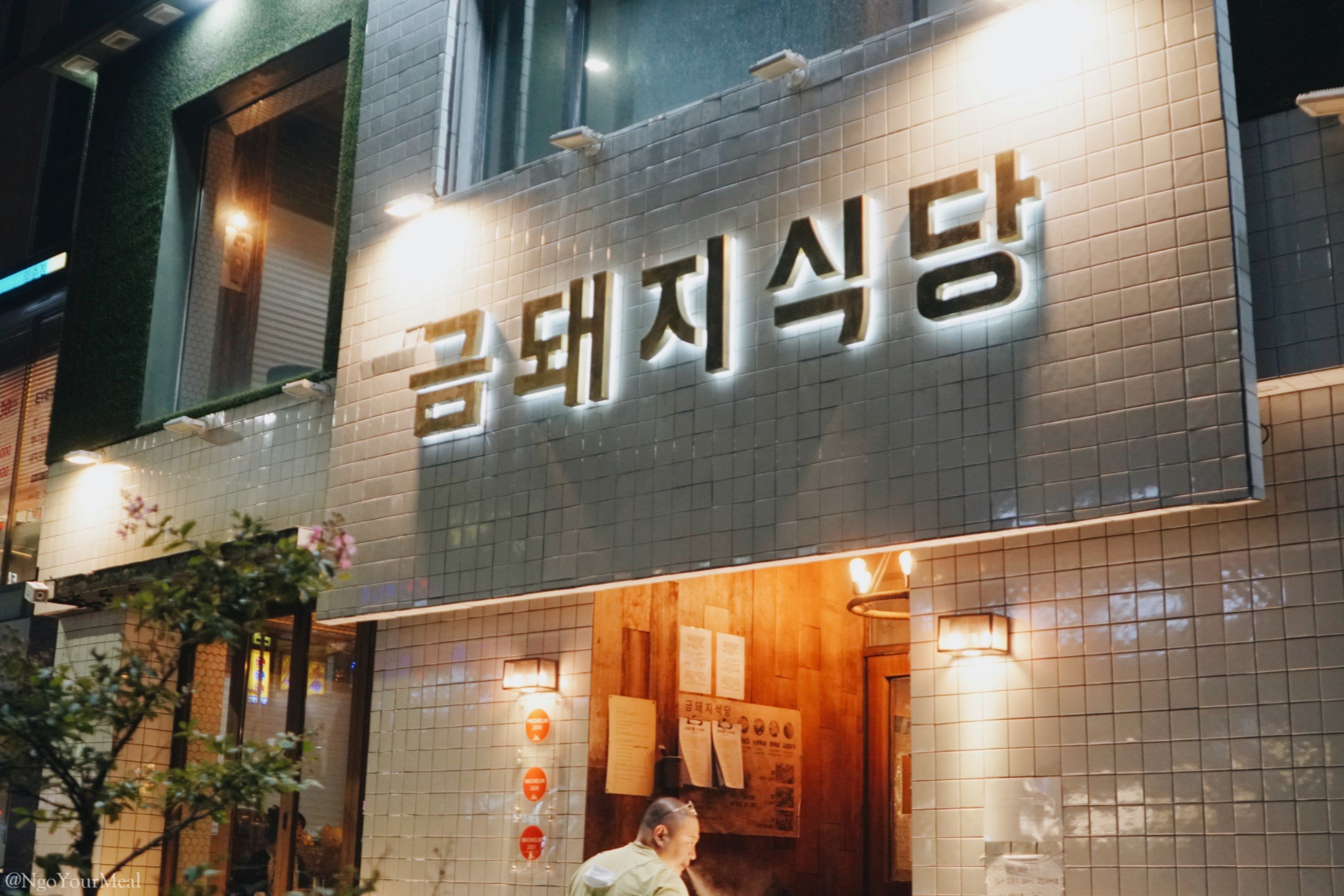
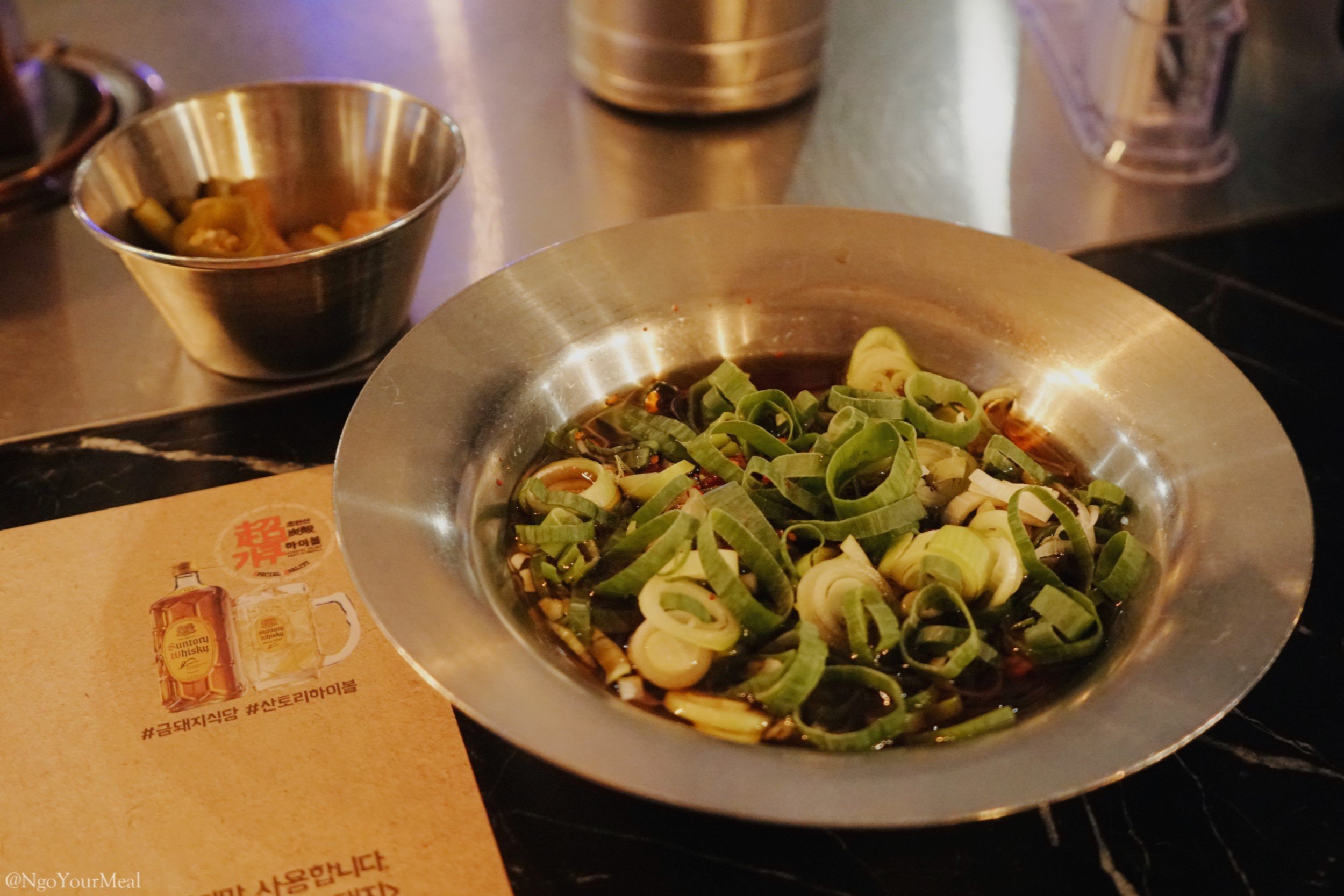
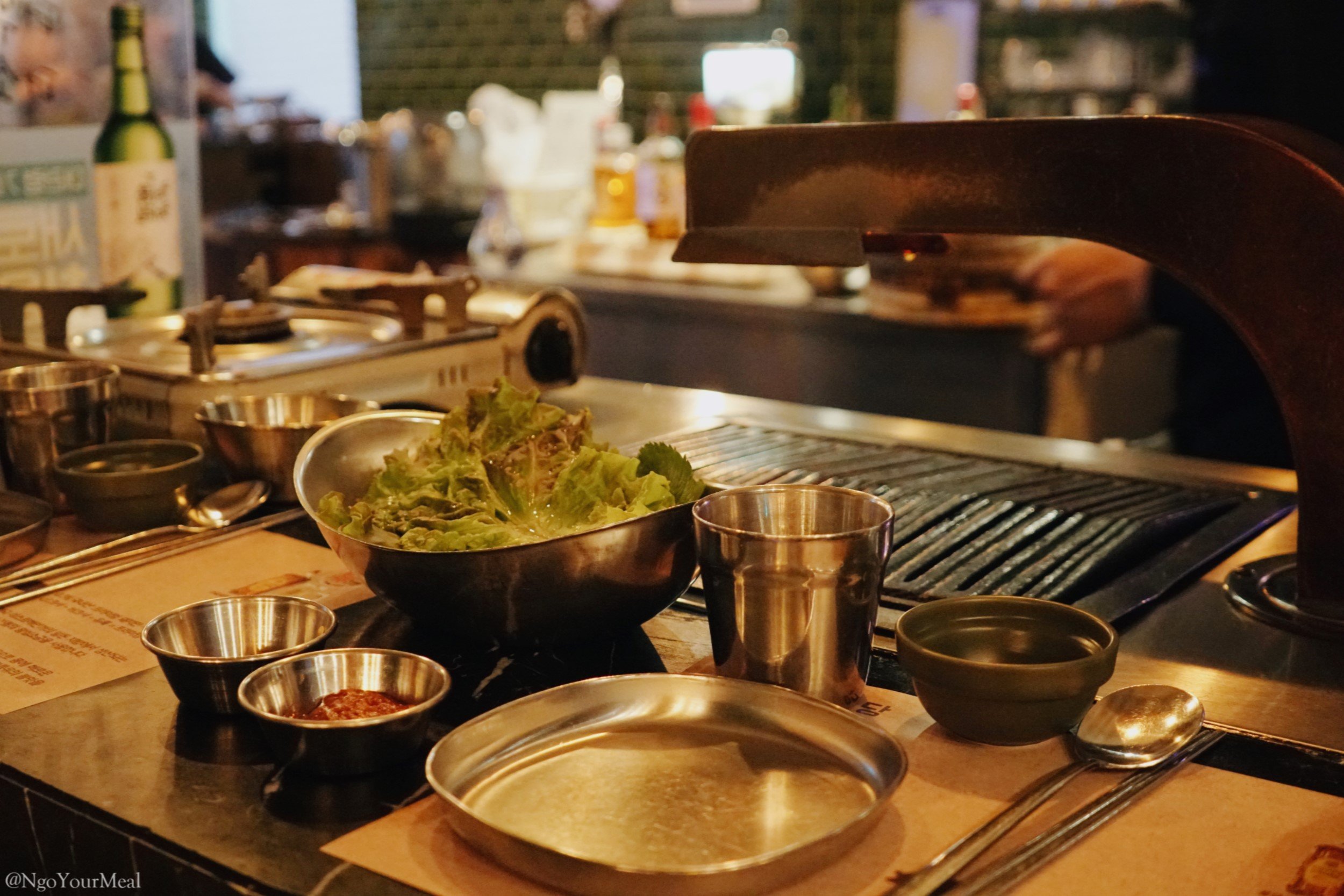
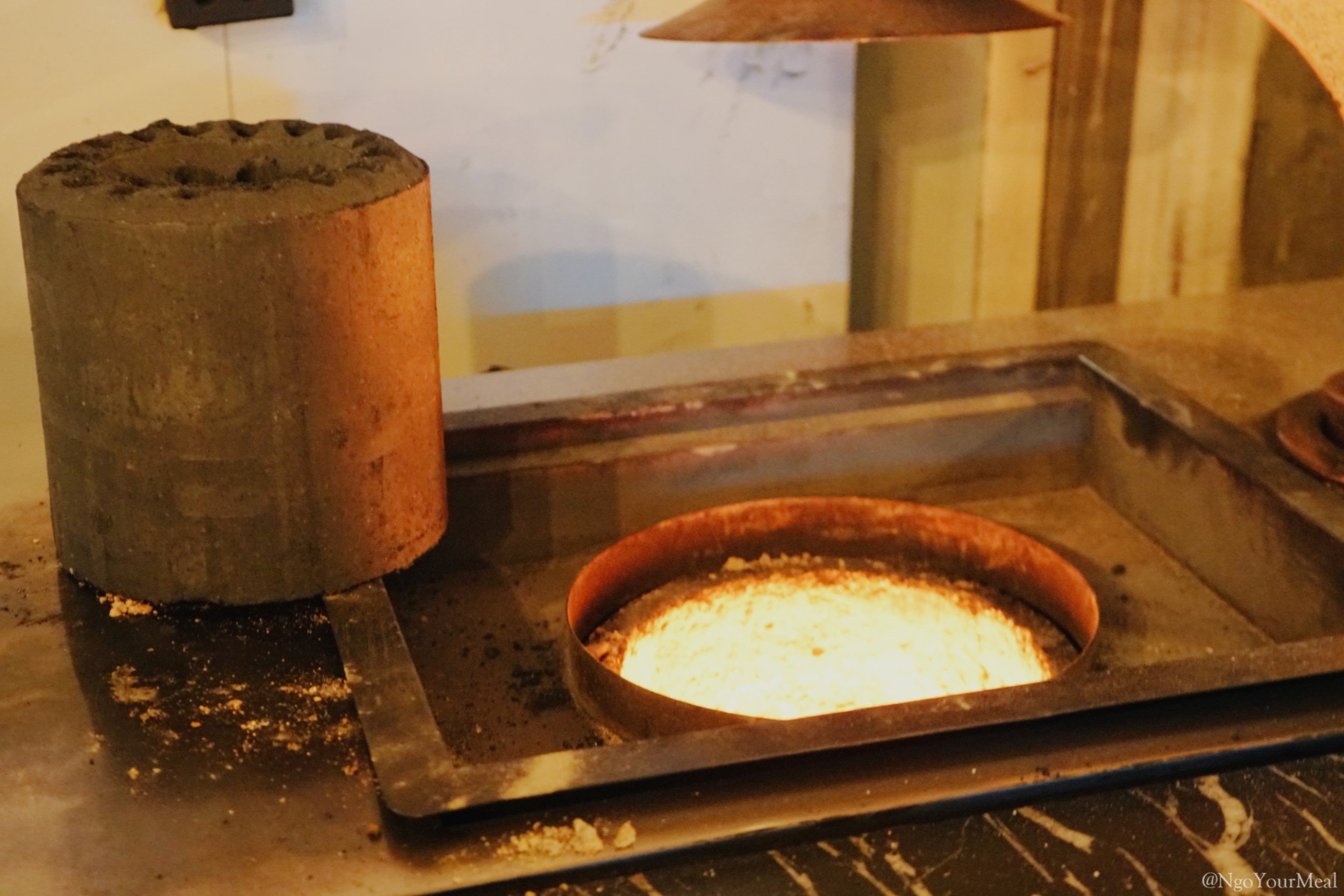
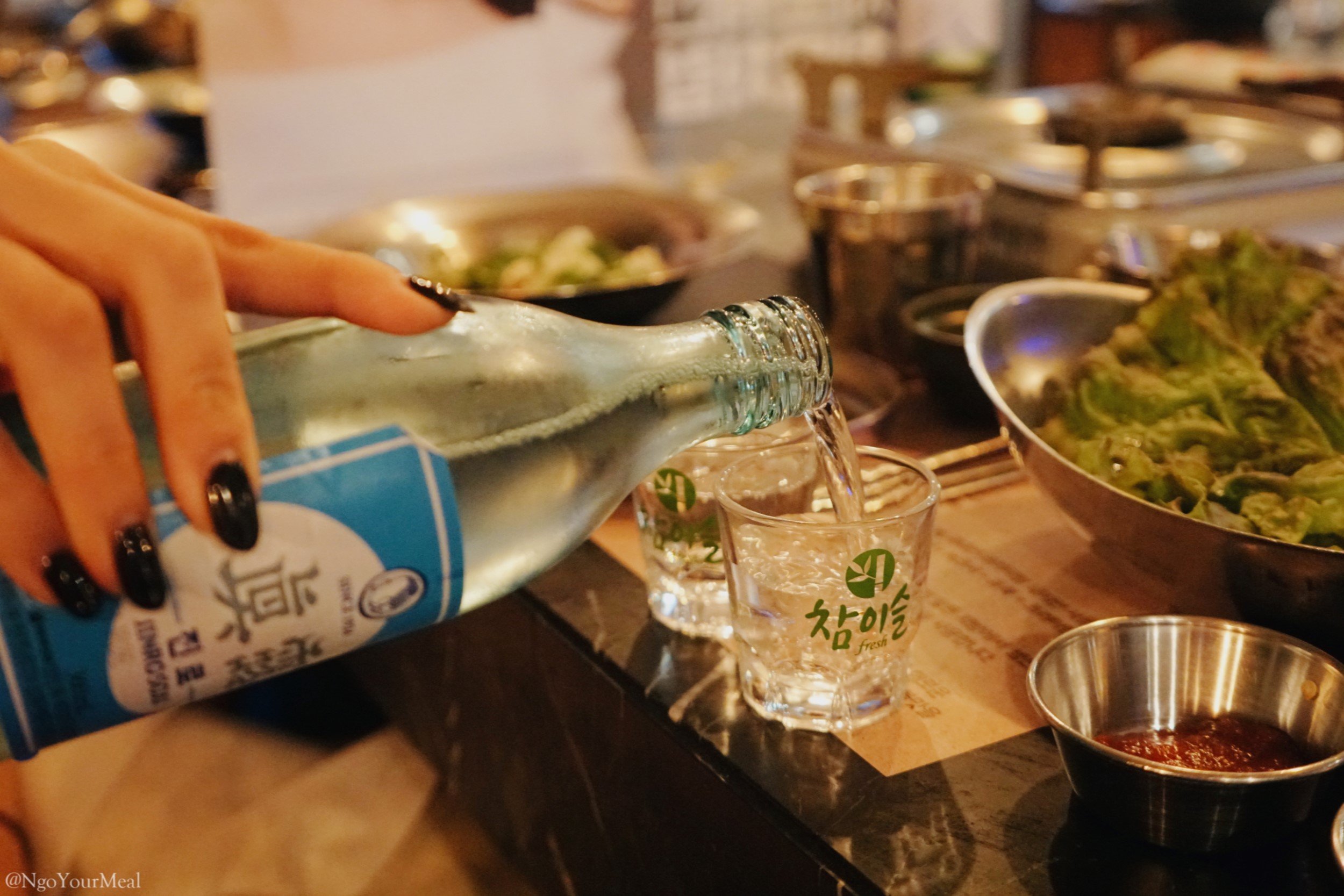
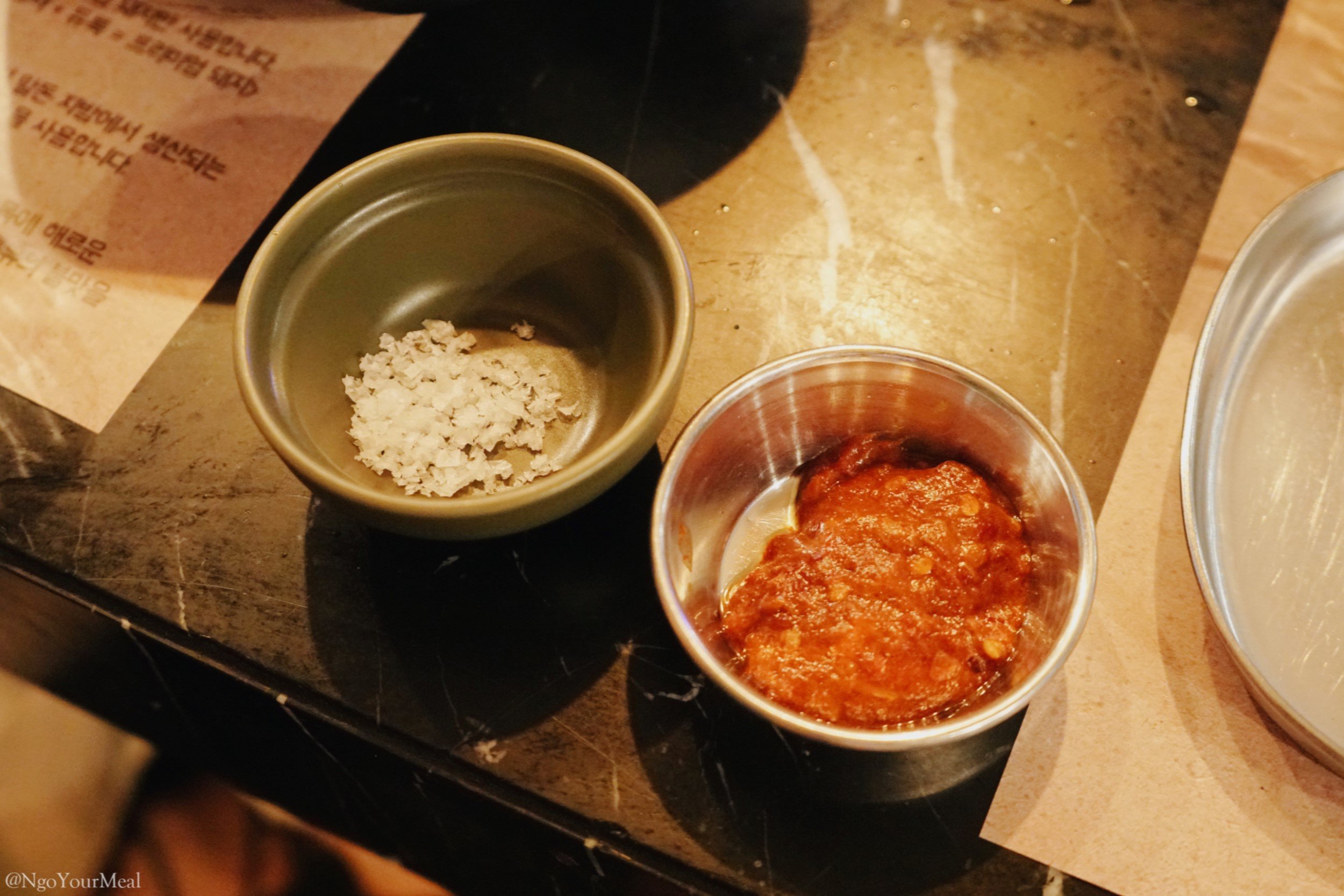
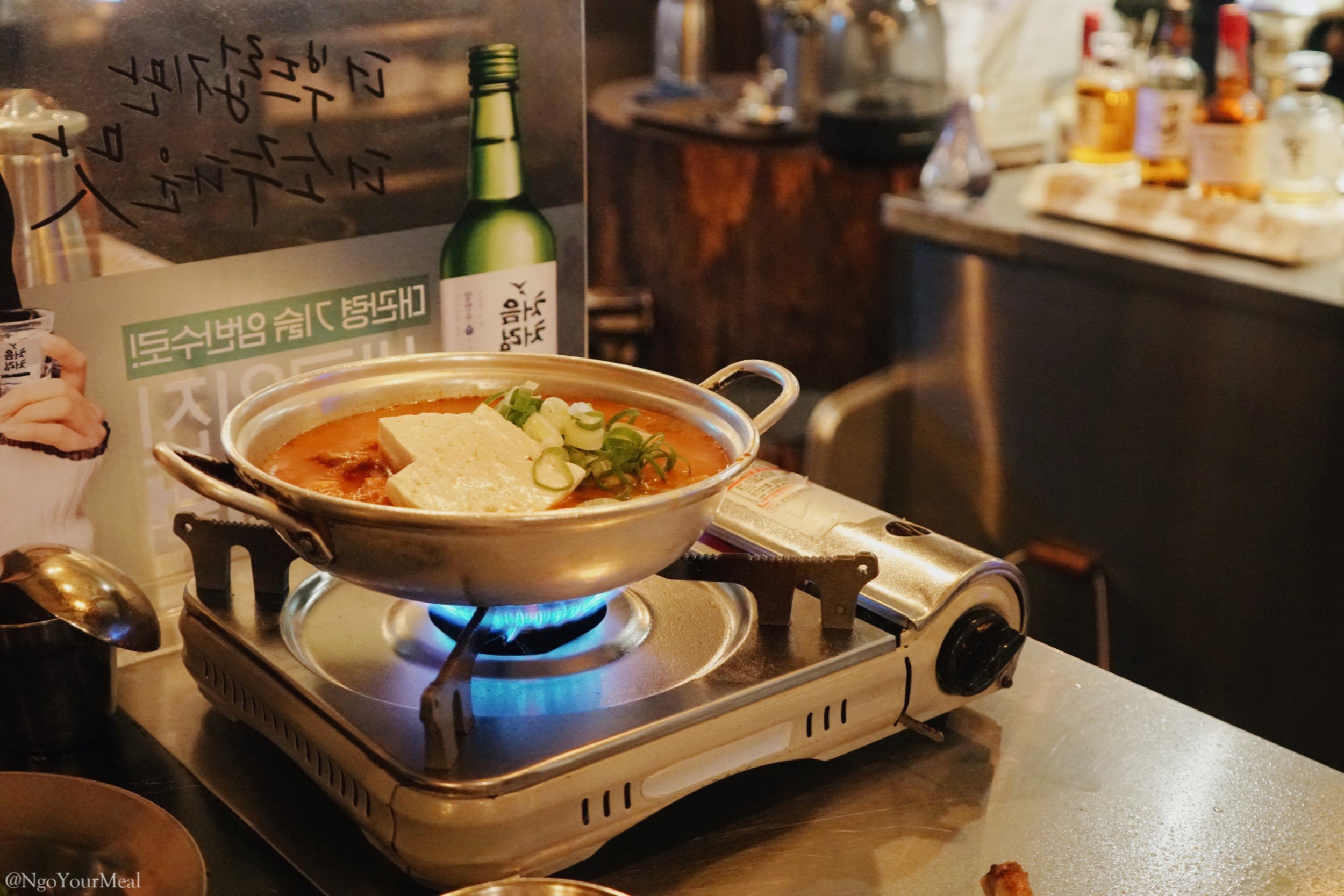
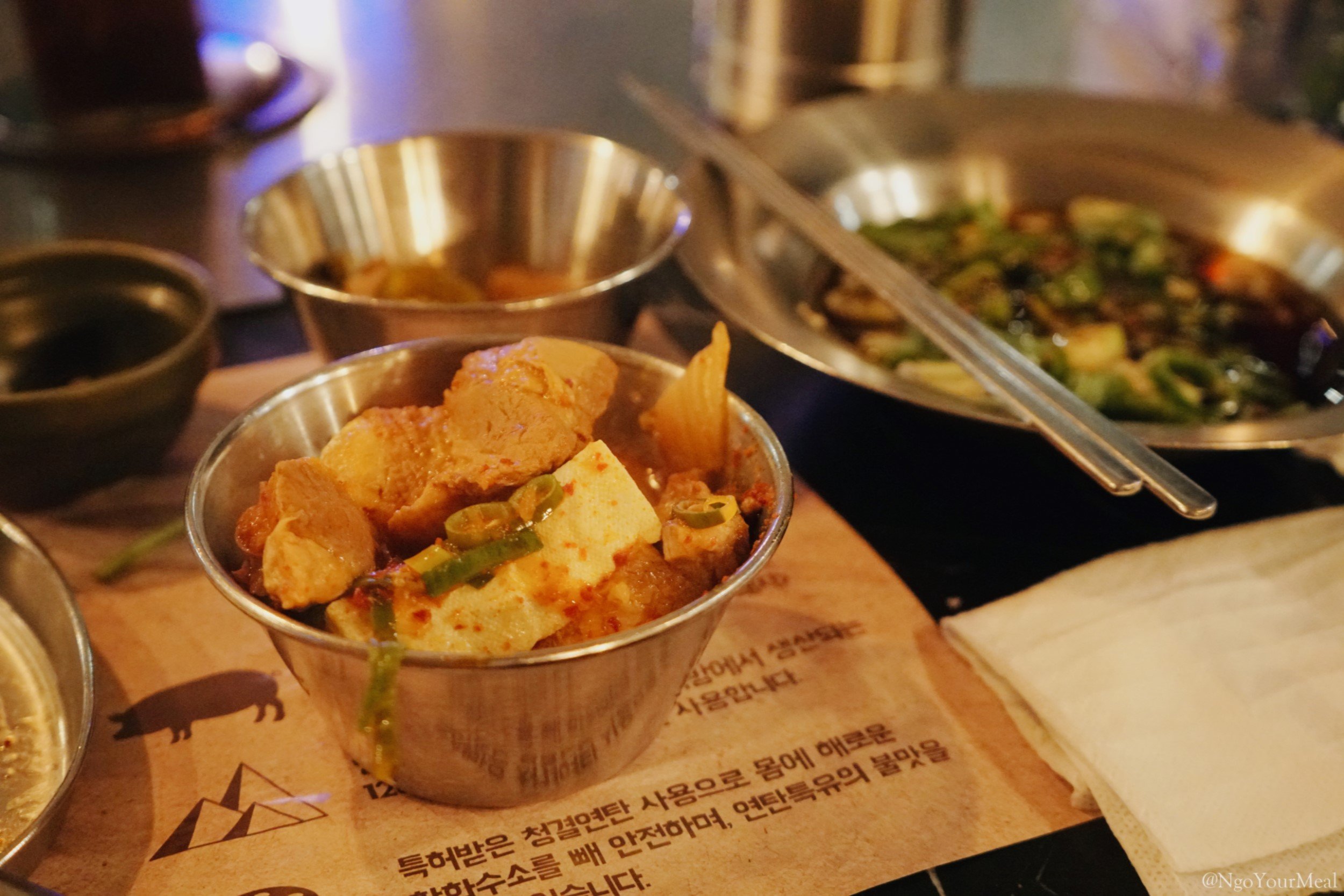
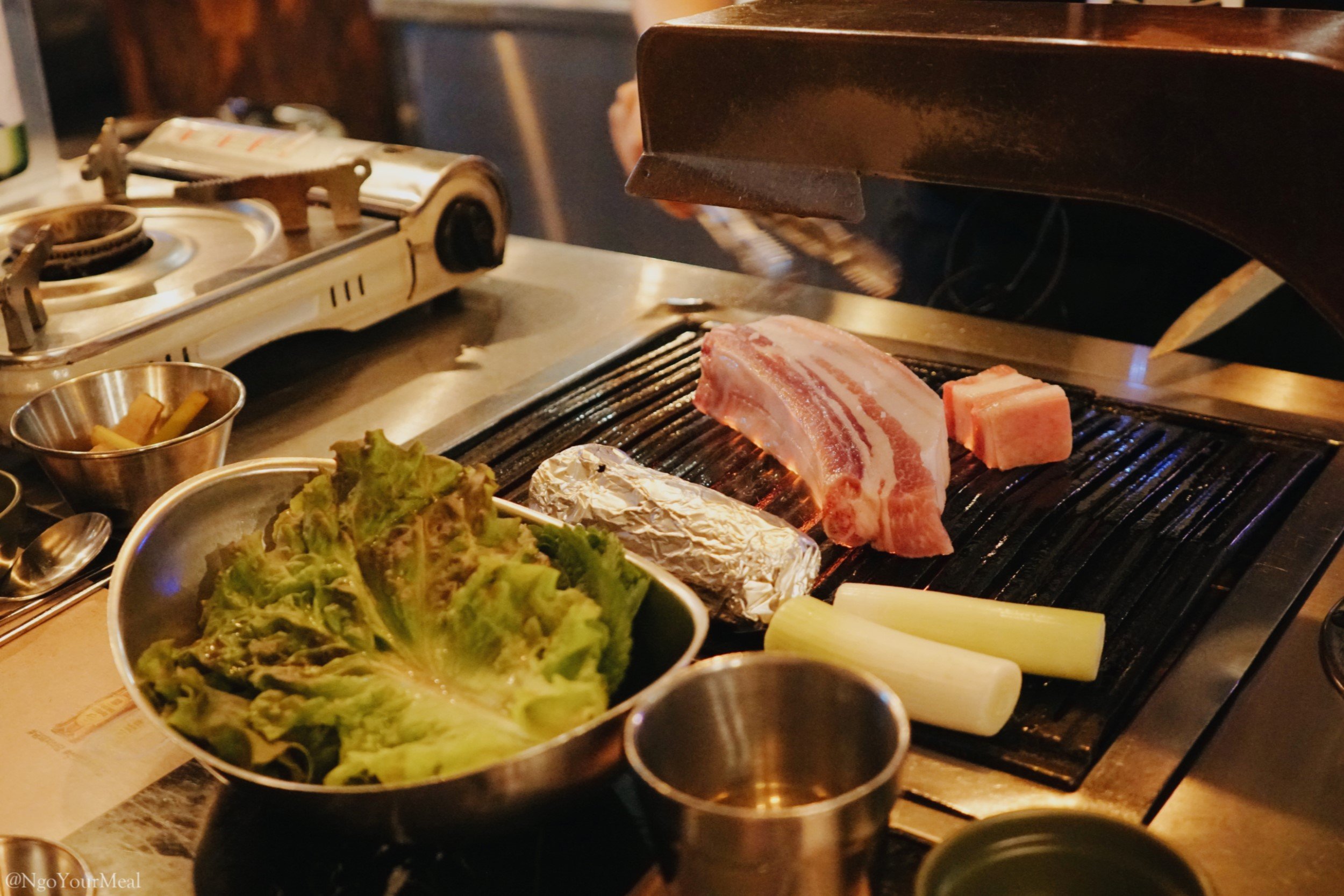
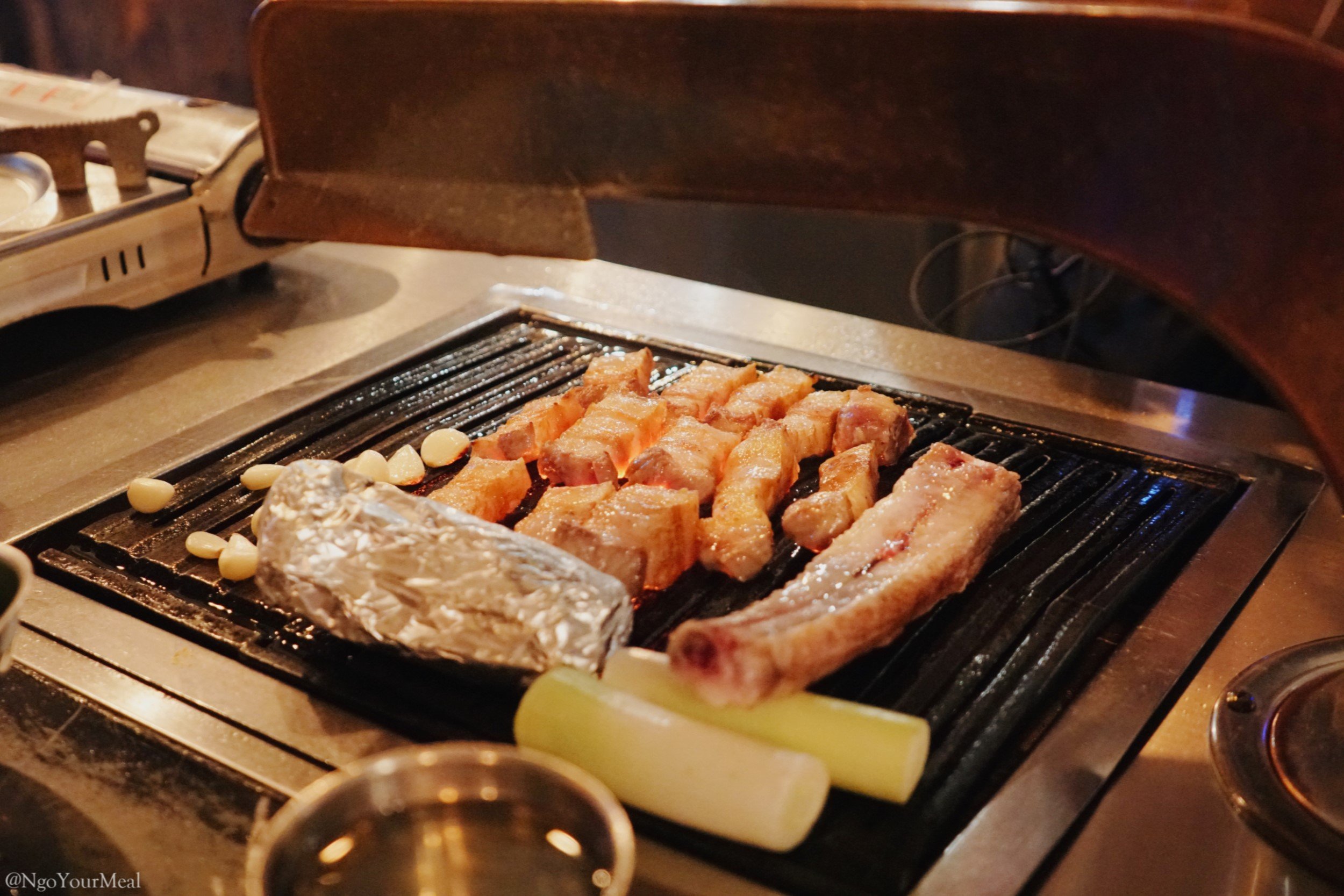
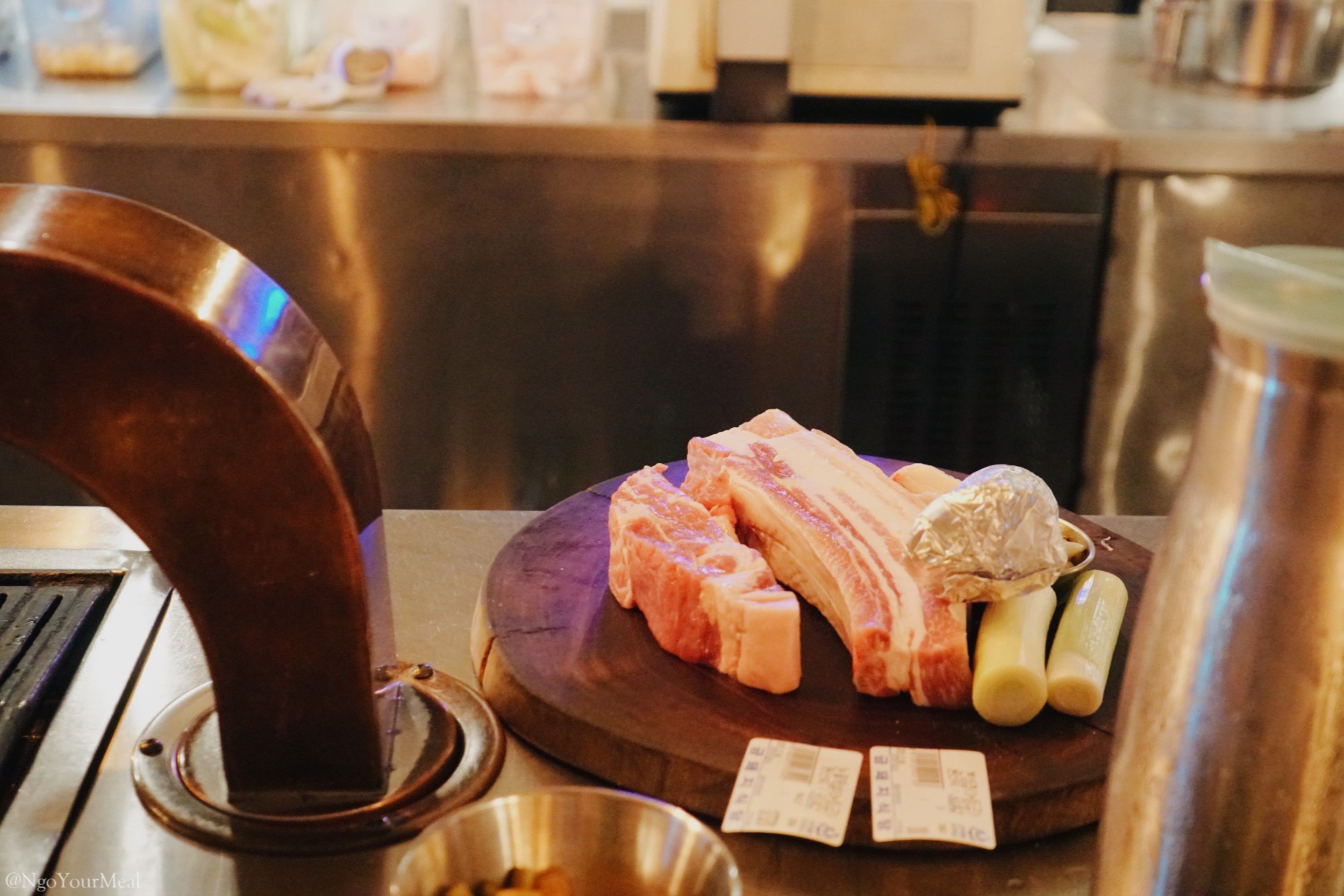
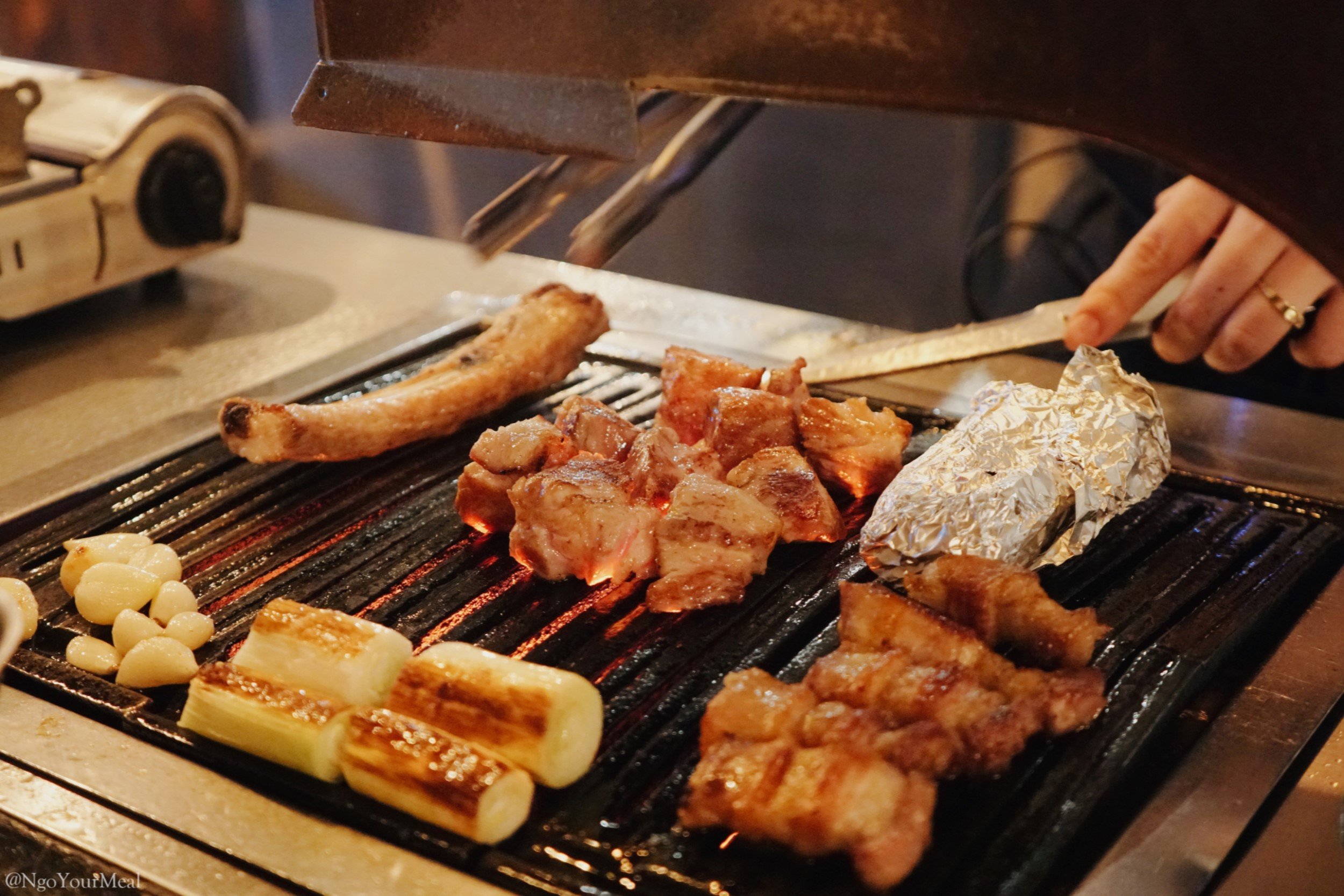
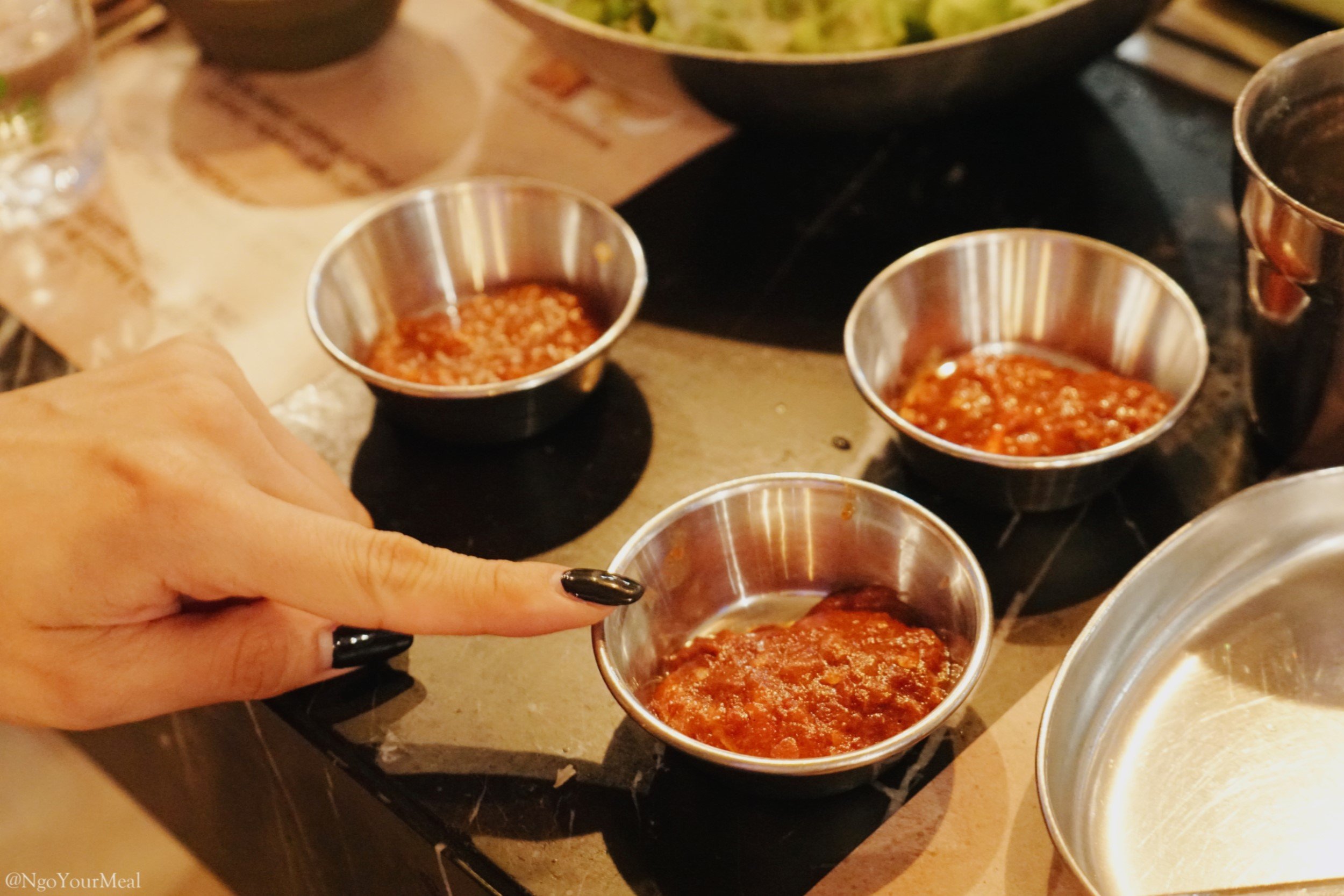
Samgyeopsal, or pork belly, is the choicest of pork cuts and regarded as classic Korean BBQ. No trip to South Korea would be complete without a quest to find some of this country’s finest.
In Seoul, it turns out that the best place to get Samgyeopsal is where you would least expect: Tteokbokki Town in Sindang-dong. This is Seoul’s most famous area for spicy Korean rice cakes called “tteokbokki” (떡볶이). As tempting as that may be, we were on a mission to eat samgyeopsal. For our humble pursuit, Annie scouted out Geumdwaeji Sikdang (금돼지식당) , which means “Golden Pig Restaurant” in Korean.
On any given day, there are crowds of people that queue for a seat at this no-reservations establishment. At the door, there is a waiting list where you can write down your name and phone number. You can also specify which floor you prefer. The concept of each floor is a little different. The first floor is table seating, the second floor is bar/counter seating, and the third floor is an indoor terrace with more table seating.
The hostess told us we would wait at least an hour (even during an off-peak time) so we stopped by the beer bar next door. After about 45 minutes, our table on the second floor was ready. Annie and I prefer the counter seating because it’s a cozier spot for two people. If you have a larger group, I recommend requesting the first or third floors.
Geumdwaeji Sikdang’s pork is quite special. It’s a hybrid of three different breeds: Yorkshire, Berkshire, and Duroc. The resulting texture is meaty with high quality fat that keeps the pork from drying out. All of Geumdwaeji Sikdang’s pork are grilled over charcoal briquettes.
We ordered the Bone Samgyeop (본삼겹), which was described as the most delicious samgyeopsal around the rib. This cut was fatty and the flavor was quite dramatic. It had the perfect balance of meat and fat without tasting overwhelmingly oily. This was, by far, the best samgyeopsal I have ever had. We also picked the Snow Flower Pork Neck (눈꽃목살). The Pork Neck was clearly more lean and texturally more chewy but thanks to the snow flower-like marbling, it was still tender and juicy.
The value here is incredible considering that this was such a quality Korean BBQ and samgyeopsal experience. In fact, the Michelin Guide consistently rates Geumdwaeji Sikdang as a “Bib Gourmand”, which acknowledges high quality restaurants at an affordable price. Each serving of pork costs at most 17,000 WON (or, $14 USD).
I’m coming back to Geumdwaeji Sikdang every time I visit Seoul. Guaranteed.
Cuisine: Korean
Average Price per Person: $17 USD / 20,500 WON (Food Only)
Address:
149 Dasan-ro, Sindang-dong, Jung-gu, Seoul, South Korea
서울특별시 중구 신당동 다산로 149
Recommended:
You can’t go wrong with anything here. Definitely order the kimchi-jjigae at the end of the meal.
If anything, I suggest getting the limited quantity meats before they run out. This includes:
Bone Samgyeop (본삼겹) or the Pork Belly along the Rib
Deung Moksal (등목살), which is a cut between the sirloin and the pork neck. This is described as more savory than samgyeopsal (pork belly) and less oily than hanjeongsal (the part between the neck and the shoulder).
They say you miss every shot you don’t take.
To heat the grill, Geumdwaeji Sikdang only uses clean Charcoal Briquettes (without harmful hydrogen sulfide).
Geumdwaeji Sikdang also uses Maldon Salt, which is a premium salt that has been made off the coast of England since 1882. This salt is less bitter and more briny than other salts. Maldon Salt also has a pyramid shape, which gives it a flaky texture. It’s the ultimate salt for grilled meats.
The sauce on the right is ssamjang, a spicy, salty, and sweet paste used for “ssam” (Korean vegetables wraps). It’s made with fermented soybeans (doenjang - 된장), red chili paste, sesame oil, onion, and garlic. Geumdwaeji Sikdang gave us a second sauce called kalchisokjut (갈치속젓). For the more adventurous eaters, this had a strong umami flavor and was made with salted hairtail innards.
Our seats were side by side at a counter that included the charcoal grill and a countertop burner. The server cooked directly in front of us.
Annie taught me how to prepare “ssam” (Korean vegetable wraps) by wrapping the grilled pork and various toppings (ssamjang, garlic, onion, peppers, kimchi, etc.) with lettuce or perilla leaf. She made sure I understood that it was of utmost importance to make ssam in bite-sized pieces so the whole wrap can be eaten in one bite. A larger piece and a less enthusiastic bite would cause some of the toppings to fall out.
My personal favorite is the perilla or sesame leaf, which tastes a like hybrid between basil and mint.
The larger piece in the middle is the Pork Belly along the Rib (본삼겹) and the one on the left is the Snow Flower Pork Neck (눈꽃목살). It also came with leeks, garlic, and mushrooms on the side.
First, we had the Pork Belly along the Rib (bonsamgyeop - 본삼겹). Truly golden.
[17,000 WON]
Next, we had Snow Flower Pork Neck (nun-kkot moksal - 눈꽃목살). This is a leaner cut compared to pork belly but Geumdwaeji Sikdang’s pork neck had really nice marbling.
[16,000 WON]
For dessert, we got Kimchi Stew (kimchi-jjigae - 김치찌개). On the menu, it’s advertised as whole pig kimchi-jjim style kimchi-jjigae. Kimchi-jjim has less liquid or soup compared to traditional kimchi-jjigae.
This kimchi-jjigae is boiled for at least two hours so all the flavors combine together. The richness of the pork was not overwhelmingly fatty and blended well with the spicy, pungent flavor of the kimchi. It’s the best way to end a meal and go home happy.
[8,000 WON]
Geumdwaeji Sikdang gave us some fun aprons to wear!



